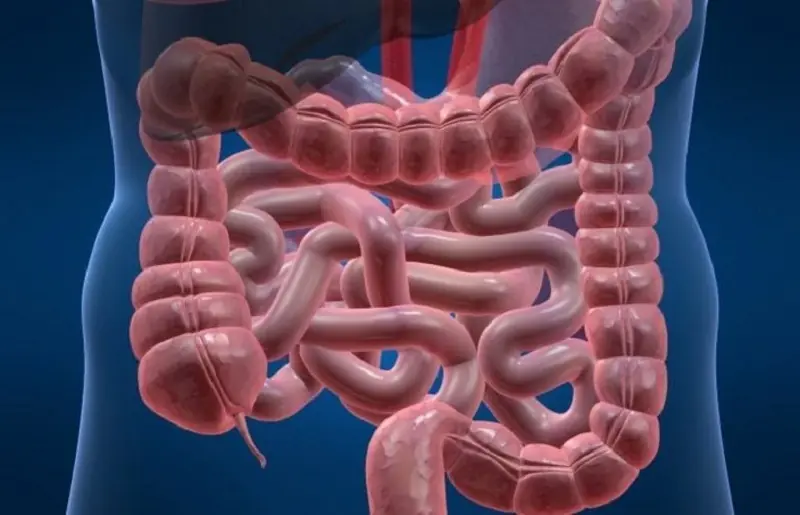
If you see these painful red bumps, you may have dyshidrotic eczema
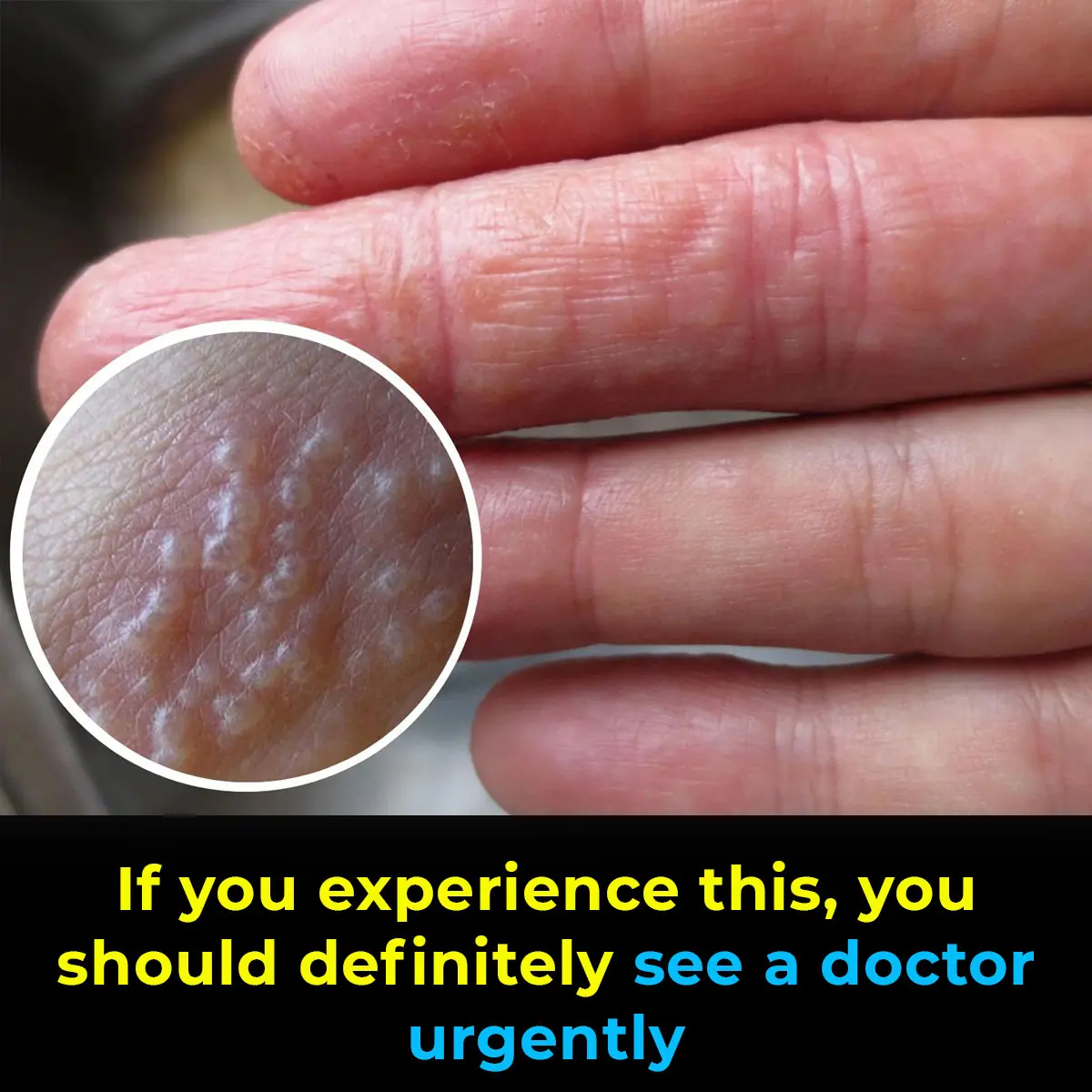
Understanding Dyshidrotic Eczema: Symptoms, Risks, and Management
One common skin disorder that troubles many people, especially in the spring, is dyshidrotic eczema. While this condition cannot be completely cured, it can be managed effectively. Its most recognizable symptom is the appearance of small, itchy blisters.
What Is Eczema?
Eczema is a general term for a group of skin conditions that cause inflammation, often referred to as dermatitis. In the United States alone, it affects about 35 million people, with roughly 70% of cases occurring in children under the age of five.
During flare-ups, the skin often turns red, itchy, and swollen. Fluid-filled bumps may form, sometimes oozing and then crusting over. Triggers can include allergic reactions, though genetic factors also play a role. Importantly, eczema is not contagious.
Among the different types, dyshidrotic eczema is one of the most frequently diagnosed.
Dyshidrotic Eczema Explained
Also called pompholyx, dyshidrotic eczema is a chronic, recurring condition marked by intense itching and small blisters. It usually appears symmetrically on the palms, fingers, and soles of the feet. The vesicles are typically 1–2 mm deep, and after several weeks, they heal but leave behind peeling or scaling skin.
The terminology surrounding this disorder can vary. It may also be referred to as:
-
Pompholyx
-
Acute vesicular hand dermatitis
-
Palmoplantar eczema
-
Vesicular endogenous eczema
-
Cheiropompholyx (hands)
-
Podopompholyx or Pedopompholyx (feet)
-
Cheiropodopompholyx (hands and feet together)
Because other skin inflammations may look similar, accurate diagnosis is essential before beginning treatment.
Common Symptoms
People with dyshidrotic eczema may experience:
-
Small, deep-set blisters on hands and feet (edges of fingers, toes, palms, and soles)
-
Intense itching
-
Redness and irritation
-
Flaky or scaly skin
-
Cracks in the skin
-
Pain or discomfort
Those with contact dermatitis, atopic eczema, or hay fever are more likely to develop this condition. Unfortunately, it can become infected, which slows the healing process. While there is no permanent cure or guaranteed way to prevent flare-ups, proper skincare can strengthen the skin and reduce inflammation.
Conventional Treatments
The most common treatment involves topical creams or ointments, often corticosteroid-based. In some cases, doctors may prescribe oral medication or injections.
Other medical options include:
-
UV light therapy
-
Draining larger blisters
-
Antihistamines
-
Anti-itch creams
-
Immune-suppressing ointments (such as Protopic or Elidel)
Natural and At-Home Remedies
Alongside medical care, natural methods may help soothe the skin and provide relief. Keeping the skin clean, moisturized, and well-protected remains one of the best ways to manage symptoms.
Cold Compresses
Soaking the affected area and applying a cold compress for 15 minutes, two to four times per day, can help calm inflammation. Always apply moisturizer afterward to lock in hydration.
Aloe Vera
Aloe vera is widely recognized for its healing and soothing properties. Applying the gel directly from the plant to irritated areas can ease discomfort. Alternatively, natural aloe vera lotions are available in most pharmacies.
Oatmeal
With its strong anti-inflammatory qualities, oatmeal can be applied to irritated skin to reduce itching and redness. This method helps restore comfort and leaves the skin feeling calmer and healthier.
Final Thoughts
Dyshidrotic eczema is a recurring but manageable skin condition. Although it has no cure, a combination of medical treatments and natural remedies can significantly reduce its symptoms. By adopting a consistent skincare routine and seeking professional advice when needed, those affected can keep flare-ups under control and maintain healthier skin.
News in the same category


From age 65, how often should you shower (and why over-washing can be harmful to your health)
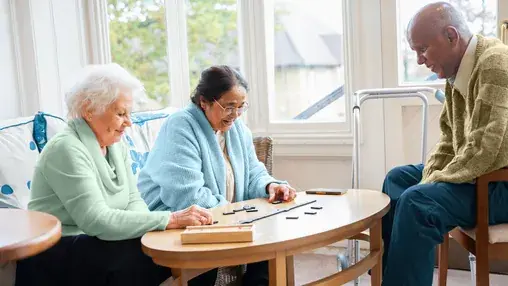
What’s the Secret to Becoming a Super-Ager?

Coffee, Cookies, and Cheese Recalled From Major Retailers in Multiple States

H. Pylori Fears These 5 Foods the Most — Eat Them to Protect Your Stomach
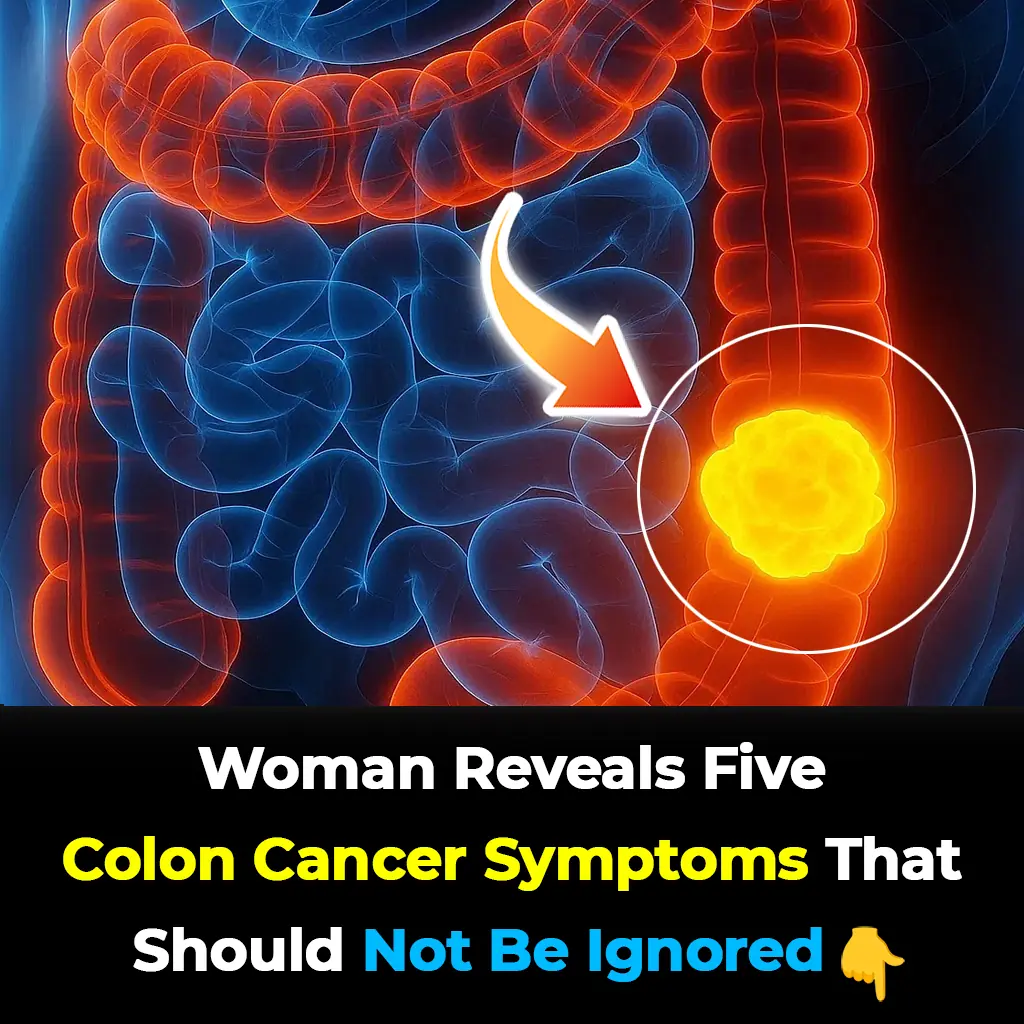
Woman Unveils 5 Colon Cancer Symptoms You Must Never Ignore
Colon cancer is often called the “silent disease” because its warning signs are easy to dismiss. One Texas mother, Radwah Oda, is now sharing her painful journey in hopes of saving others from making the same mistake.
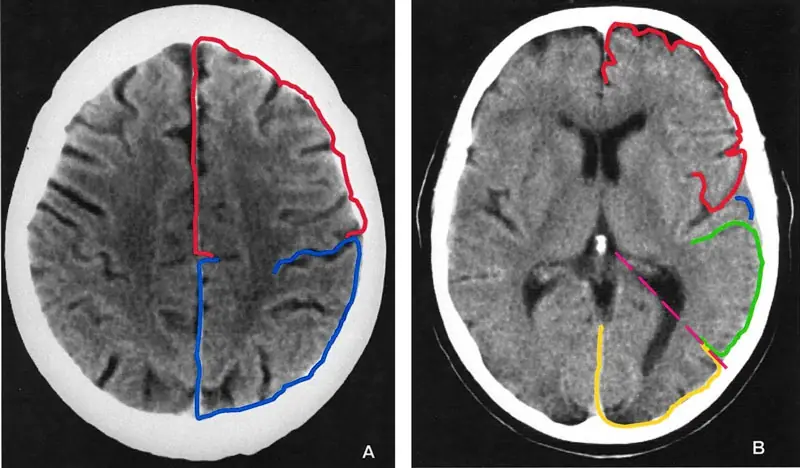
The Silent Killer" That Causes Brain Shrinkage — Yet Parents Still Feed It to Their Children Daily

Mother and Child D:ie From Liver Cancer — Doctors Reveal 3 Ingredients That Should Never Go Into Porridge
The story of the mother and child stands as a haunting reminder that the smallest choices in the kitchen can carry lifelong consequences.
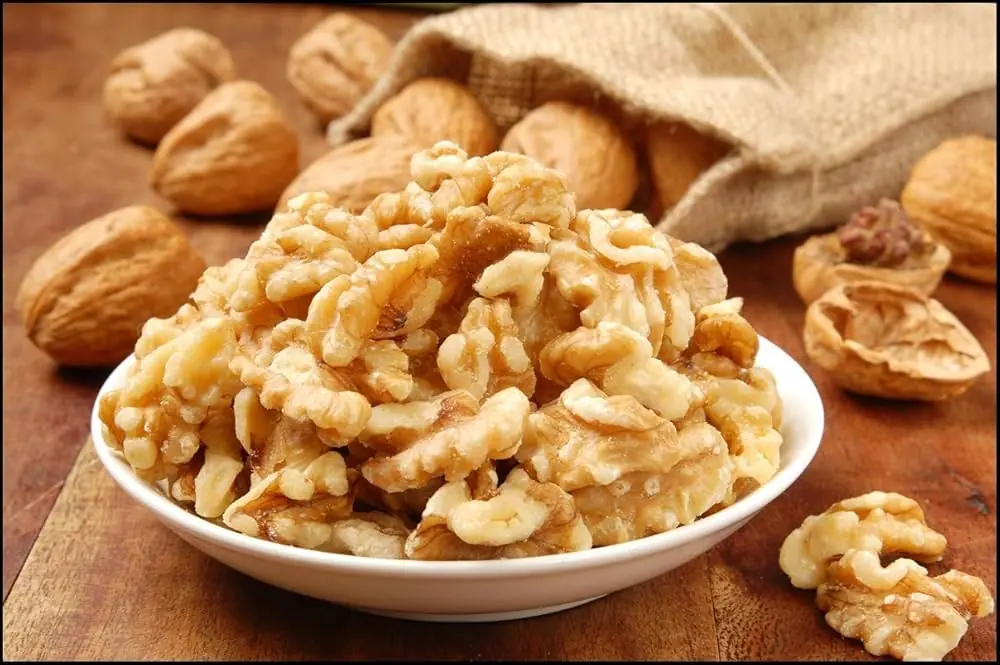
Proven Health Benefits of Walnuts, How Many to Eat, and More (Science Based)

The Most Dangerous Foods: Unpacking the Risks of Processed Meat

Synthetic Dyes Are Out: Skittles, M&M’s, and More Go Natural by 2026
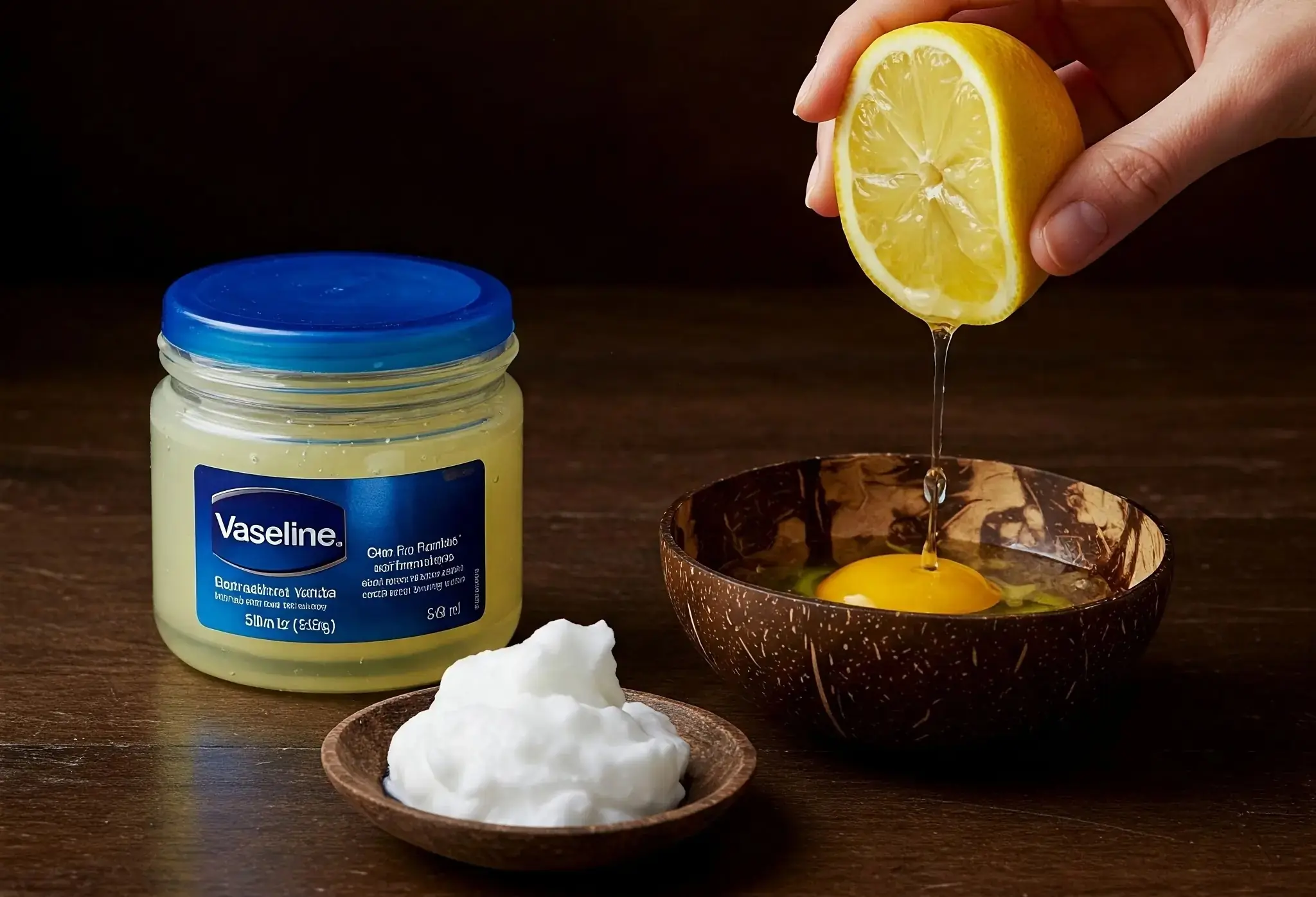
Vaseline and Egg White Face Mask: The Ultimate Anti-Aging Remedy to Look 10 Years Younger
Whether you’re looking to reduce wrinkles, lighten dark spots, or prevent acne, this mask offers a wide range of benefits that will transform your skin.

15 Honest Phrases You’ll Never Hear From a True Narcissist
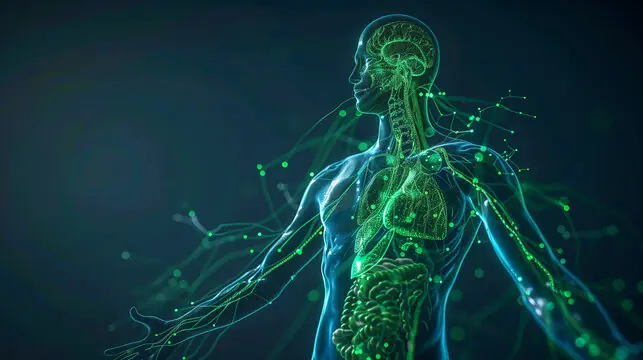
Three-Day Lymphatic Cleanse To Keep You Healthy All Year Long
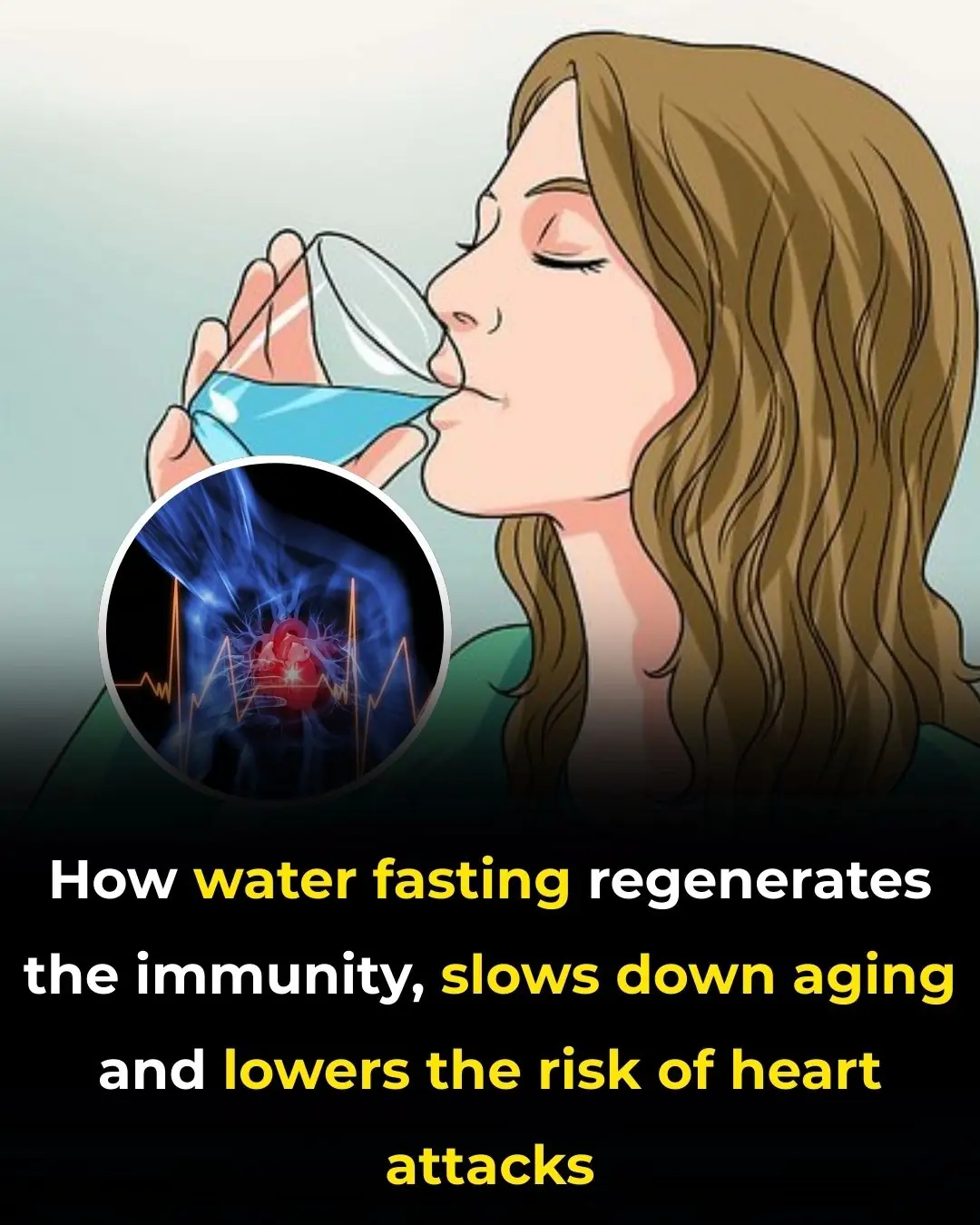
How Water Fasting Can Have Many Benefits

5-Year-Old Loses Battle With Cancer — Doctors Reveal 5 Foods Parents Must Never Give Their Children
The heartbreaking loss of a 5-year-old child to late-stage cancer has sparked a powerful warning from health experts. Doctors now stress that nutrition plays a far bigger role in preventing chronic diseases than many parents realize.
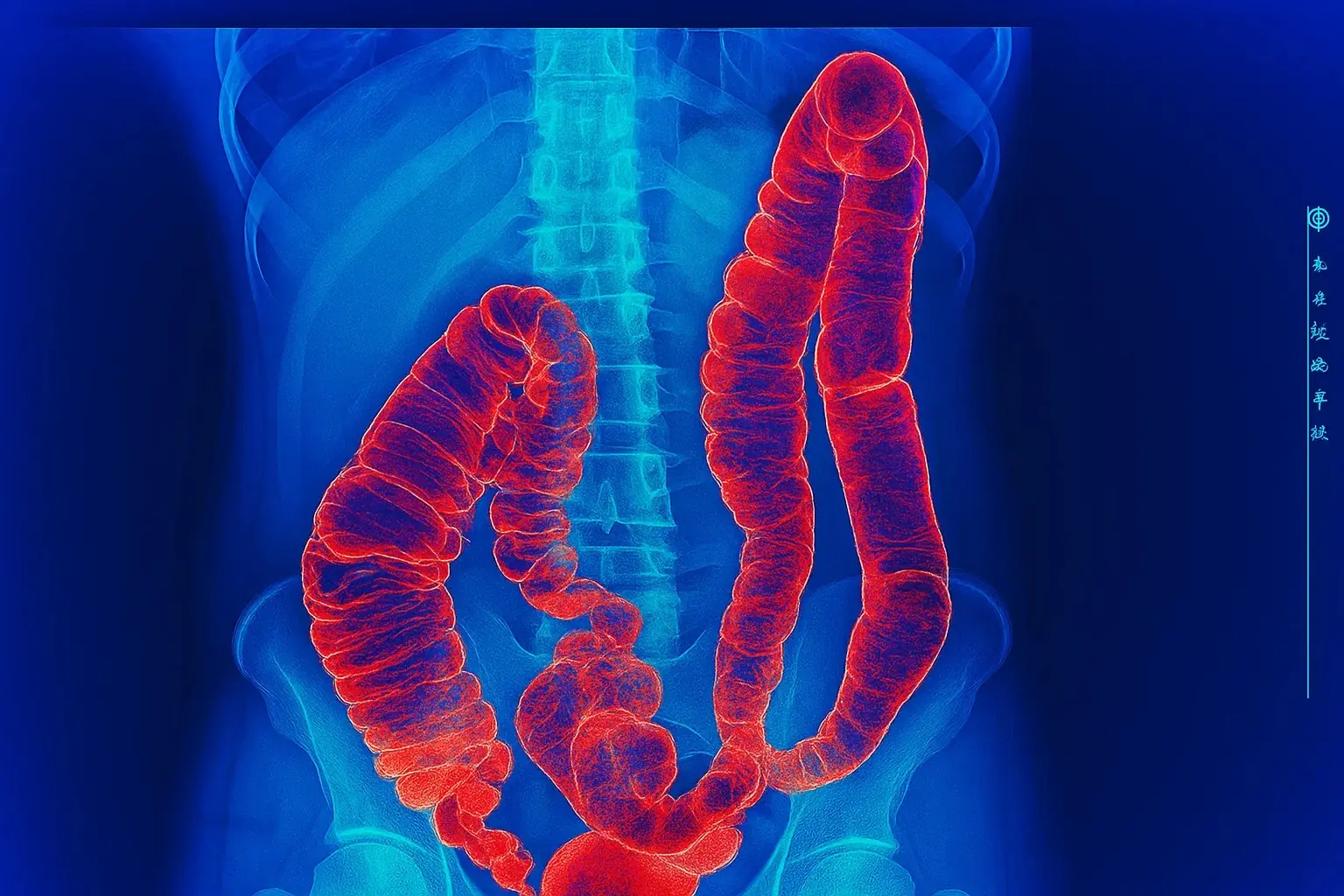
Toxic Megacolon From Severe Constipation — What Causes It and How To Prevent It
Constipation may seem like nothing more than an uncomfortable inconvenience, but ignoring it for too long can put your health at serious risk. In extreme cases, chronic constipation can progress into a life-threatening condition known as toxic megacolon,
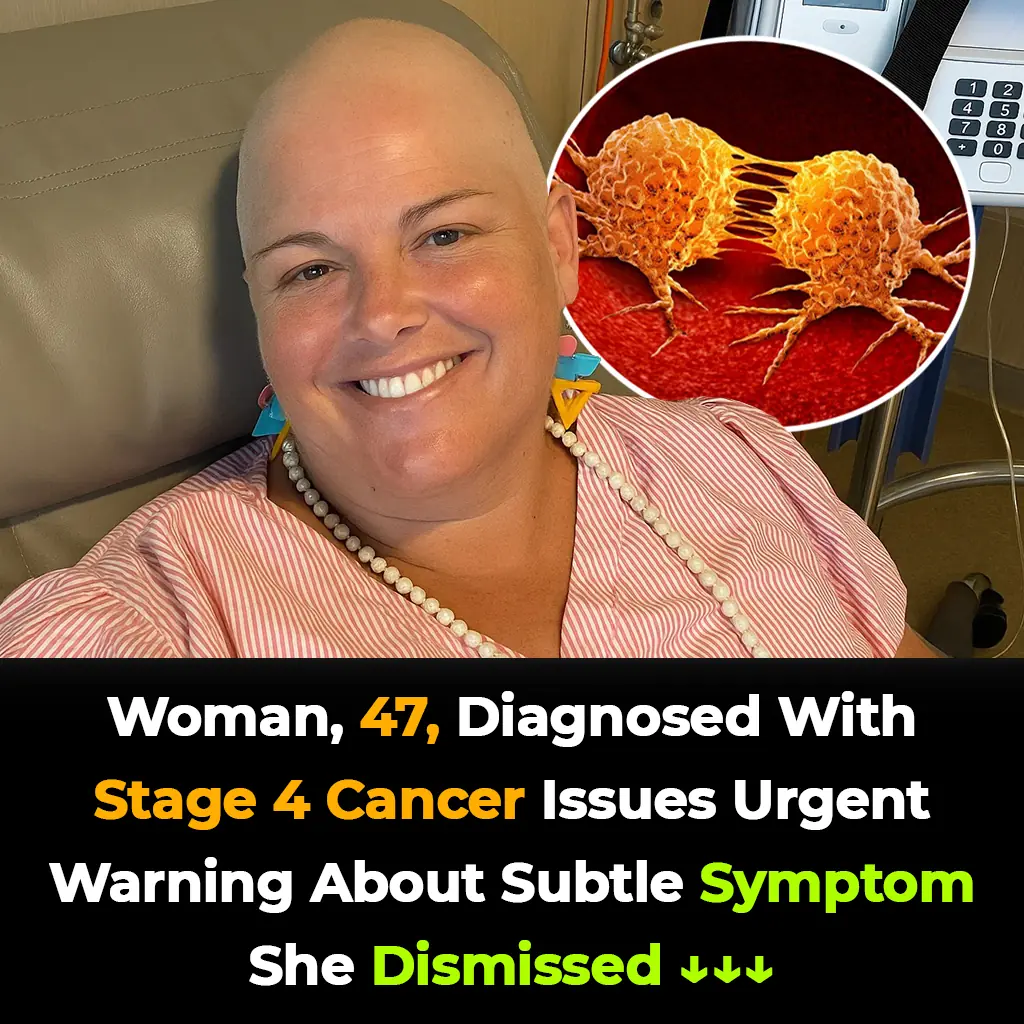
Stage 4 Cancer Woman Issues Urgent Warning: Don’t Ignore These Subtle Signs
A mother of two ignored what seemed like minor health issues, only to learn they were signs of stage 4 bowel cancer. Now, she’s warning others not to make the same mistake.
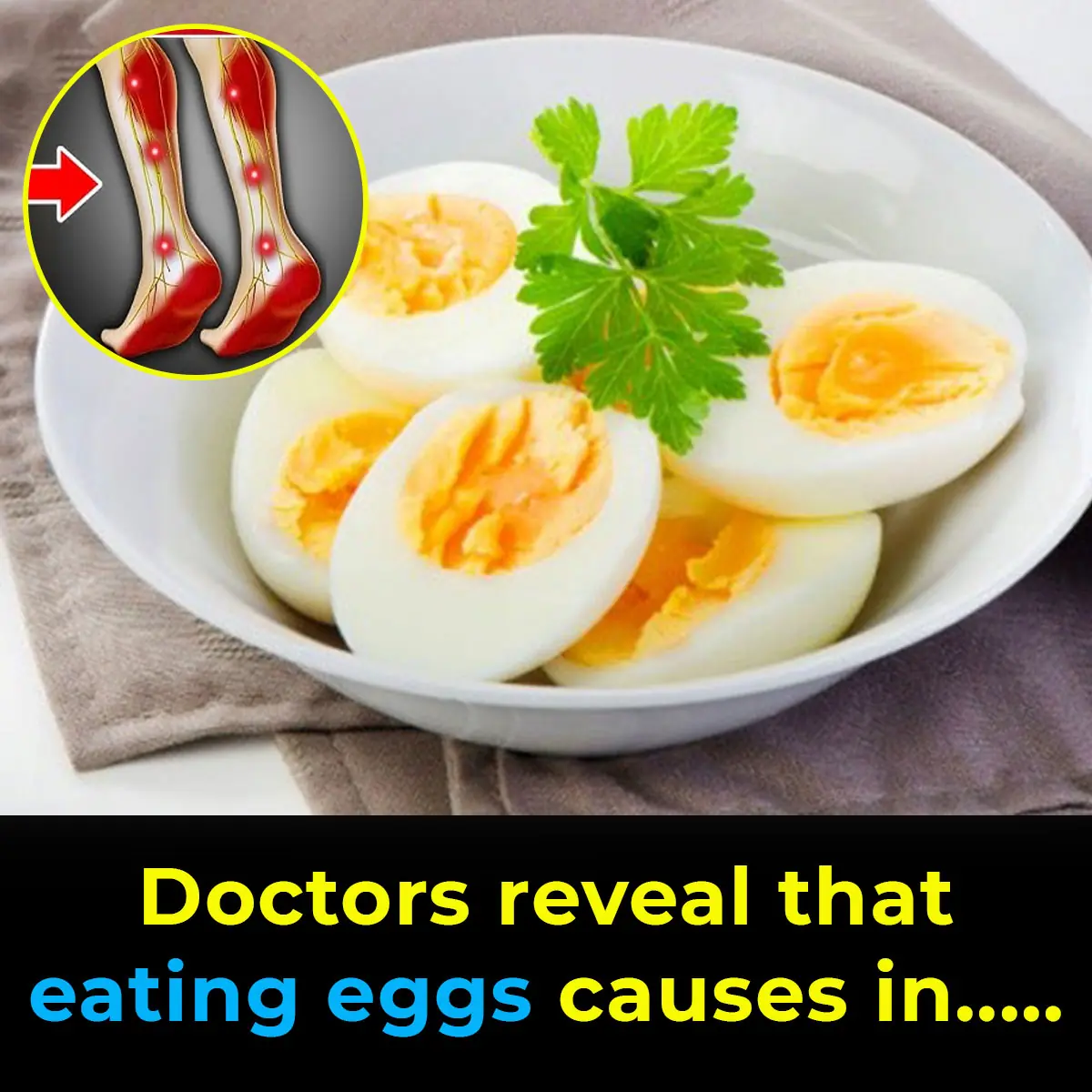
The surprising truth about eating eggs every day
News Post

lacing these 3 things on top of the fridge will cause wealth to disappear, no matter how much you have.

Buying bananas: Wise people turn away when they see these 3 types, while foolish ones grab them just because they’re cheap

Don’t soak frozen meat in plain water. According to chefs, there’s a way to defrost it in just 5 minutes while keeping it delicious.

Water heaters have a hidden 'switch.' Any household that knows how to open it can use it for 10 years without worrying about damage or high electricity bills
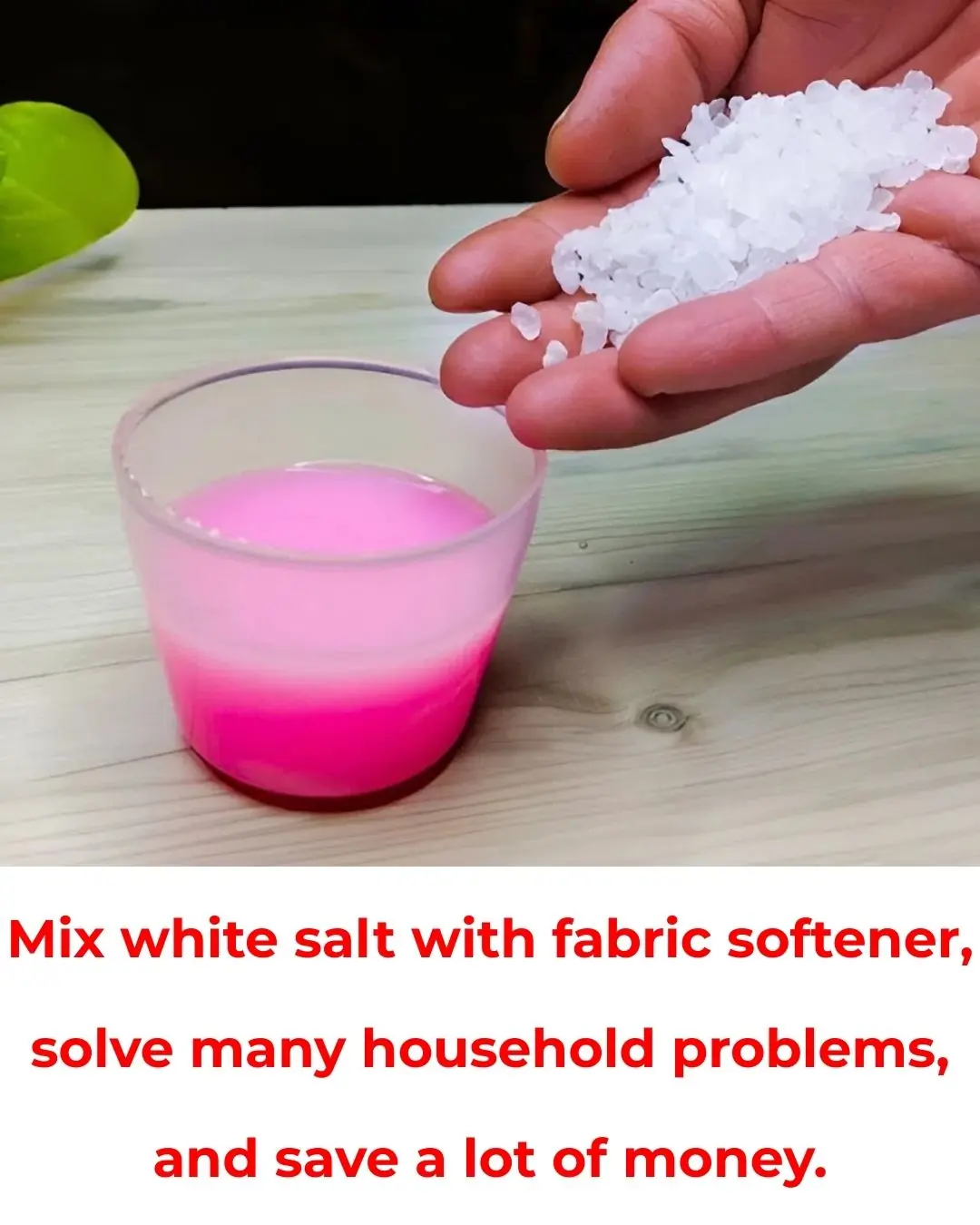
Mix white salt with fabric softener, solve many household problems, and save a lot of money.

Apply this on a knife, and no matter how dull it is, it will become razor-sharp and shiny, without needing a whetstone.

Inside the washing machine, there’s a ‘small box’ with an incredibly powerful function: Not knowing how to use it is such a waste.

Why Some Women Lose Their Desire: 4 Avenues to Explore

Why should you keep some money behind your phone case?

If You Have Colon Polyps, These 4 Signs While Using the Toilet May Appear – See a Doctor Before It’s Too Late

From age 65, how often should you shower (and why over-washing can be harmful to your health)

What’s the Secret to Becoming a Super-Ager?

Coffee, Cookies, and Cheese Recalled From Major Retailers in Multiple States

H. Pylori Fears These 5 Foods the Most — Eat Them to Protect Your Stomach

Woman Unveils 5 Colon Cancer Symptoms You Must Never Ignore
Colon cancer is often called the “silent disease” because its warning signs are easy to dismiss. One Texas mother, Radwah Oda, is now sharing her painful journey in hopes of saving others from making the same mistake.

The Silent Killer" That Causes Brain Shrinkage — Yet Parents Still Feed It to Their Children Daily

Mother and Child D:ie From Liver Cancer — Doctors Reveal 3 Ingredients That Should Never Go Into Porridge
The story of the mother and child stands as a haunting reminder that the smallest choices in the kitchen can carry lifelong consequences.

Proven Health Benefits of Walnuts, How Many to Eat, and More (Science Based)

The Most Dangerous Foods: Unpacking the Risks of Processed Meat
